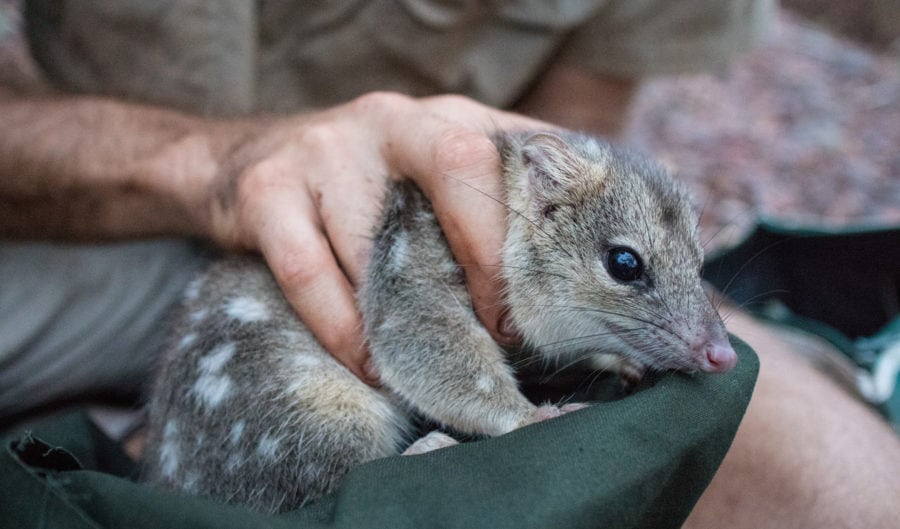Australia’s threatened mammals have declined by over a third in 20 years, but there is some good news

AUSTRALIA HAS THE highest rate of mammal extinction in the world. Between 1995 to 2016, Australia’s threatened mammals declined by over one third; quolls, wallabies and bilbies are among those that haven’t fared well.
The figures come from the newly compiled Threatened Mammal Index created by the Threatened Species Recovery Hub, who last year also published the groundbreaking Threatened Bird Index, which found declines of 59 per cent over the past 30 years.
However, it’s not all bad news for Australia’s threatened mammals. According to ecologist Elisa Bayraktarov from the University of Queensland, who spent four years compiling data for the index, conservation efforts do pay off.
“When we look across all sites with targeted conservation management, we see that on average populations have increased by 46 per cent between 1995 and 2016,” Elisa says.
“This management includes actions such as on-going feral animal control, feral predator exclusion fencing and ecological fire management.”
“Between 2000 and 2016, populations of 15 threatened mammals at cat- and fox-free sites increased five-fold; a remarkable result,” Elisa added.
Ecologist John Woinarski from Charles Darwin University, also a part of the research team at the Threatened Species Recovery Hub, says protection from feral predators like cats is key.
“The burrowing bettong and bridled nail-tailed wallaby are among the species that have had large population gains inside havens. The recoveries of these species represent some of the most spectacular conservation successes in the world,” said Prof Woinarski.
However, Hohn says havens cover only 0.1% of Australia’s total land area, “so they are only one part of the solution to Australia’s long-term biodiversity loss, and they are not a solution for species that are declining for reasons other than cats and foxes.”
“Most of Australia’s threatened mammal populations occur outside of havens,” he added.
According to Elisa, the indexes are far from complete, so she’s calling on any groups monitoring threatened and near threatened species to contribute their data.
The index does include data on 17 threatened bird and mammal species at about 150 sites that were impacted by Australia’s catastrophic 2019/2020 bushfire season, so the researchers will be able to track how certain species were affected.
“We are currently talking to the groups on the ground that are monitoring these sites to see how much they have been impacted,” Elisa said.
“As data from bushfire affected sites is added to the index in future years it will enable the overall impact of the fires on threatened species populations to be understood, in addition to providing a tool to measure their recoveries.”
The Threatened Species Recovery Hub have now turned their attention to creating an index for threatened plants.

